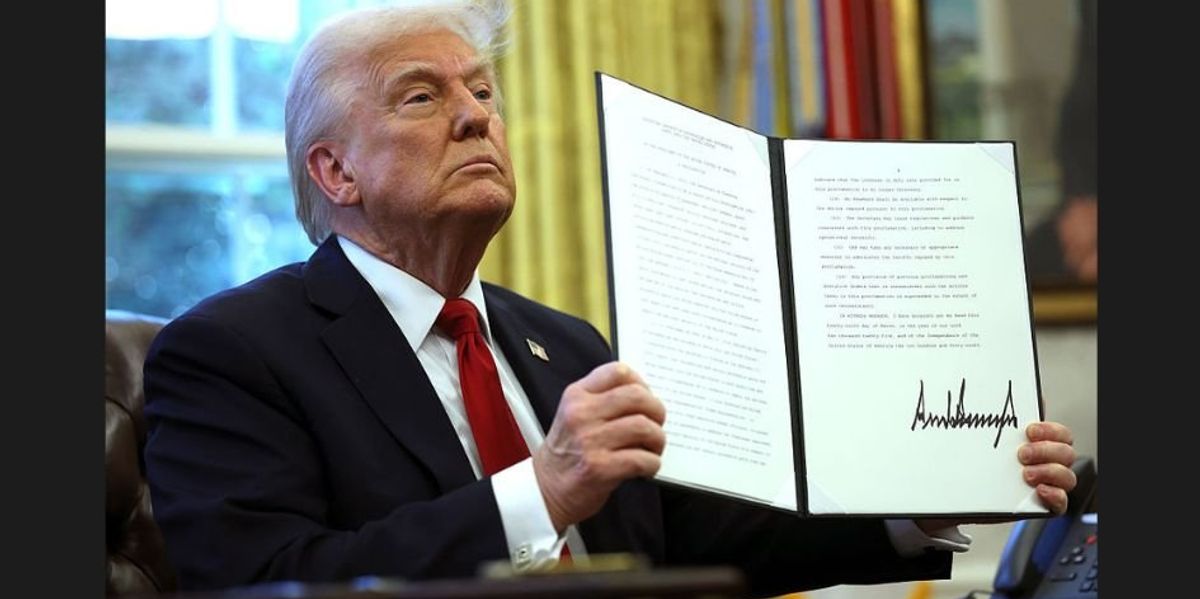

We’re diving into some big news: President Trump just signed an executive order slapping a 25% tariff on foreign-made autos. This is going to shake things up for automakers, jobs, and maybe even the price of your next ride.
So here’s the deal: As of April 2, any vehicle manufactured outside the U.S. is getting hit with a 25% tariff.
Trump claims this will bring in more than $100 billion in new annual revenue, setting the stage for eliminating income tax and reshaping the global economic system.
That’s not just a little tweak — it’s a 25% jump above where tariffs were before. We’re talking about $100 billion in projected revenue for the U.S. government.
The goal? President Trump wants to bolster American manufacturing and bring jobs back home. But the road to get there is looking a little bumpy for some of the big players.
Big Three blues
Shares of the Big Three automakers — GM, Ford, and Stellantis — dipped after the announcement. General Motors and Stellantis are especially feeling the pressure.
Why? Well, 30% of GM’s North American production is in Mexico and Canada, and 17% of its vehicles are assembled in other countries. A 25% tariff on those imported cars and parts could damage the company's bottom line, unless it passes the cost to us, the consumer. GM CFO Paul Jacobson says the company has been prepping since November, slashing offshore inventory by over 30% and working with logistics partners to keep things lean.
Smart move — nobody wants a warehouse full of cars that just got 25% more expensive overnight!
Stellantis braces for impact
Then there’s Stellantis. With 45% of its U.S. vehicles coming from overseas, Bloomberg estimates these tariffs could wipe out $3 billion from the company's profits. New CEO John Elkann even met with Trump, promising the company would shift billions of dollars of production stateside, including reopening a shuttered plant in Illinois.
But here’s the catch: It is also cutting costs like crazy to stay afloat. S&P Global just downgraded Stellantis, warning that price hikes of 6% to 8% might be coming, which could tank U.S. sales by 5% to 7%. Stellantis promised President Trump it was bringing back jobs plus a $5 billion investment in its U.S. manufacturing network.
We need to keep our eyes on Stellantis. I fear the brand may pull Fiat, Alfa Romeo, and Maserati out of the U.S. It will never sell them with an increase in price.
Ford in a fix
Ford is in a slightly better spot with more domestic production, but CEO Jim Farley is still very worried. He’s called these tariffs "devastating" for the industry. Ford’s been stockpiling United States-Mexico-Canada Agreement-compliant parts and rushing engines across the border before the April 2 deadline.
Speaking of USMCA, there’s a small break: Parts that meet the trade agreement’s rules are tariff-free for now, until the commerce secretary sorts out how to tax non-U.S. content. And one more twist: Vehicles from Mexico and Canada get a slight break based on their U.S.-made content, so the effective tariff might be a bit less than 25%.
Tesla's sweet spot
Tesla has a pretty sweet spot in this tariff shake-up. Why? It builds all the cars it sells in the U.S. right here in California and Texas. It also sources 60% to 70% of its parts from within the country. That means no tariffs on its finished vehicles, giving Tesla a leg up over competitors importing cars.
Tesla CEO Elon Musk has not requested any support for his cars; this looks like a big win for him. Last year, the Model Y and Model 3 were the top-selling EVs in the U.S., and these tariffs could extend their lead by making rivals like Ford’s Mustang Mach-E or GM’s Chevy Equinox EV pricier — because they're both built in Mexico.
But it’s not that simple. Tesla still imports some parts — like batteries and electric motors — from Canada, Mexico, and even China. Those could face tariffs, bumping up production costs.
And here’s the kicker: If Canada or Mexico retaliates with tariffs on U.S. imports, Tesla’s sales in Canada could take a hit. Posts on X are already buzzing about Canada targeting Tesla chargers with rebate cuts, which could cost Tesla millions. Plus, Tesla warned the government that a full-on trade war might hurt its global sales — especially in China, its second-biggest market. So Tesla would be winning at home but worried about its global market shares.
Europe's cautious optimism
Europe’s automotive sector condemned Trump’s tariffs but also called for negotiations and expressed cautious optimism that a compromise could be reached.
By value, Europe is the biggest exporter to the USA. Investment bank Jeffries calculated that European automakers in 2023 exported cars worth a total of $59.25 billion to the U.S., far ahead of second-place Canada, at $28.1 billion.
So the hike is expected to hit European automakers hard — especially Germany, whose car exports rely heavily on American buyers. Shares of BMW, Porsche, Volkswagen, and Mercedes-Benz dropped following the announcement.
Europe’s carmakers already face a shrunken domestic market and new competition from cheaper Chinese electric vehicles. Any trouble in the auto industry could be a blow to the already stagnant European economy.
Hyundai on top
Now, let’s shift to a winner in this tariff game: Hyundai. The company has invested $21 billion in Georgia, creating 40,000 jobs and building a plant in Savannah that’ll pump out 500,000 cars a year — including 80,000 Ioniq 5 EVs. Plus, it is building a new steel plant.
Hyundai’s President Jose Munoz says this isn’t about tariffs or incentives — it’s about staying competitive. And get this: Its EV sales are second only to Tesla! By making cars here, Hyundai is dodging that 25% hit.
So what's going on here? Analysts say President Trump is playing a long game. It’s partially about jobs — 617,000 of them tied to the auto industry — but it’s also about renegotiating the USMCA trade deal early.
That’s set for review in July 2026, but Trump’s not waiting. These tariffs might just be the leverage to pull Canada and Mexico to the table sooner. While U.S. Commerce Secretary Howard Lutnick says the April 2 start date for the tariffs is firm, Trump’s keeping his options open on that 25% rate.
Trump claims this will bring in more than $100 billion in new annual revenue, setting the stage for eliminating income tax and reshaping the global economic system.
Worst case, this plan fails, and we are right back where we started. Best case, Trump succeeds, income taxes are eliminated, and the people have a much better quality of life. Let’s see if he can pull it off.
Higher car prices?
Here’s where it hits home: Will this mean pricier cars?
Maybe. The American Automotive Policy Council, led by former Missouri Governor Matt Blunt (R), says it's all in on Trump’s vision but begs for policies that don’t jack up costs for consumers. The integrated North American auto sector — thanks to USMCA — has been a win, and it doesn't want to see it stall out.
For now, automakers are scrambling — some shifting production, others stockpiling parts. Tesla could stay steady unless parts costs spike, while imports like VW or Stellantis brands could sticker-shock you.
Cox Automotive stated that if there aren't tariff carve-outs for the auto industry's imports from Canada and Mexico, the cost of a U.S.-made vehicle would increase by about $3,000, while car prices for vehicles made in Canada or Mexico would rise $6,000.
I think we are going to see incentives coming soon to help dealers sell their massive inventories and lower-priced cars to capture sales they have lost.
Tariffs are shaking up the world. What do you think? Drop your thoughts below!
.png)
 1 day ago
5
1 day ago
5

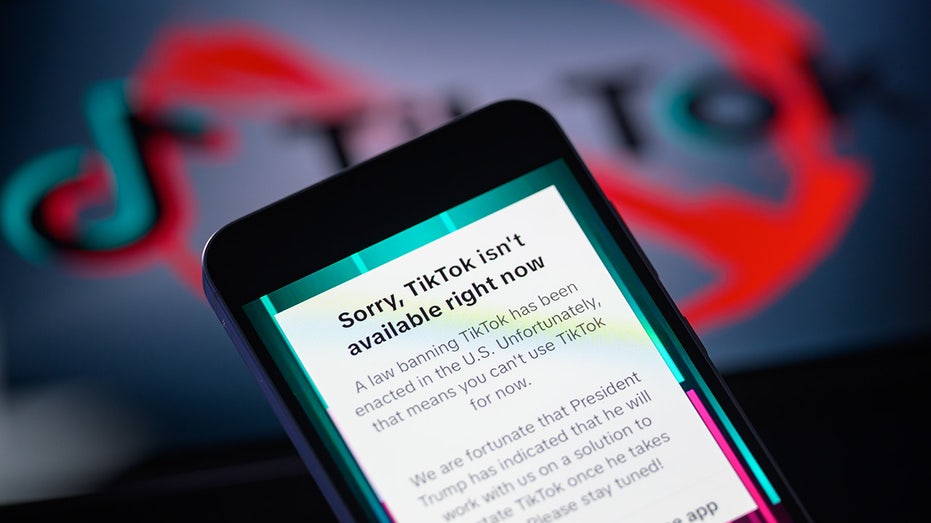
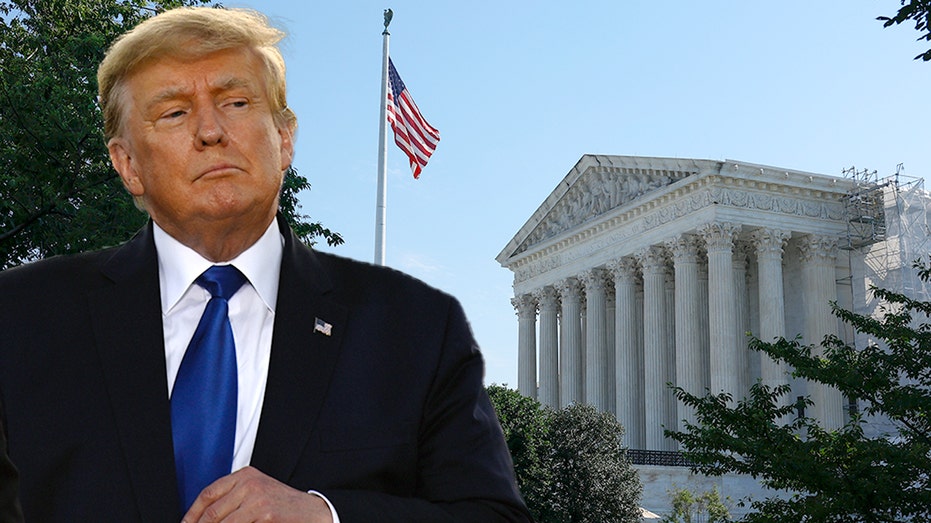




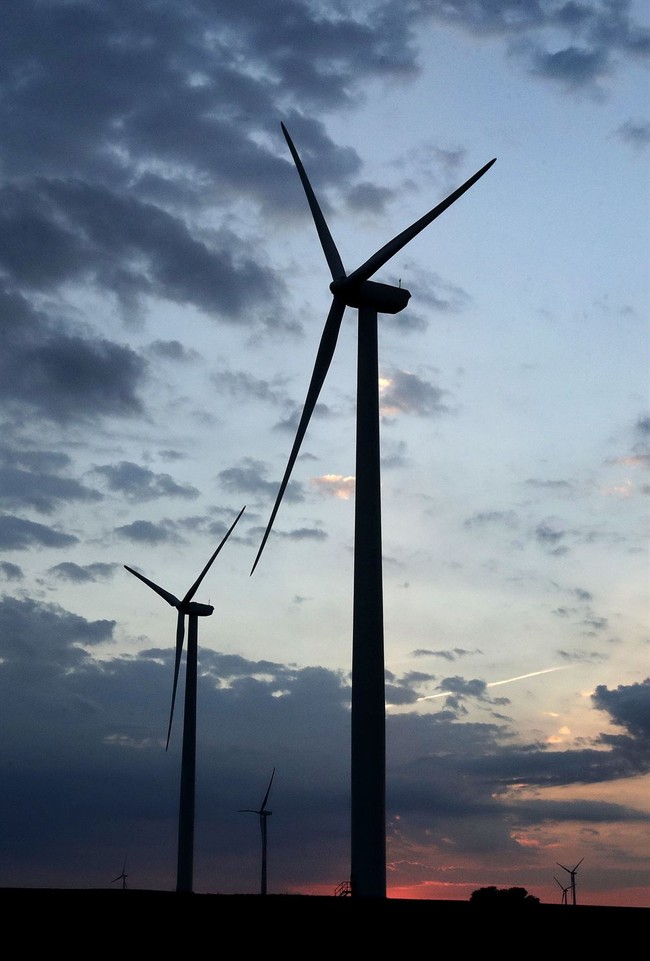



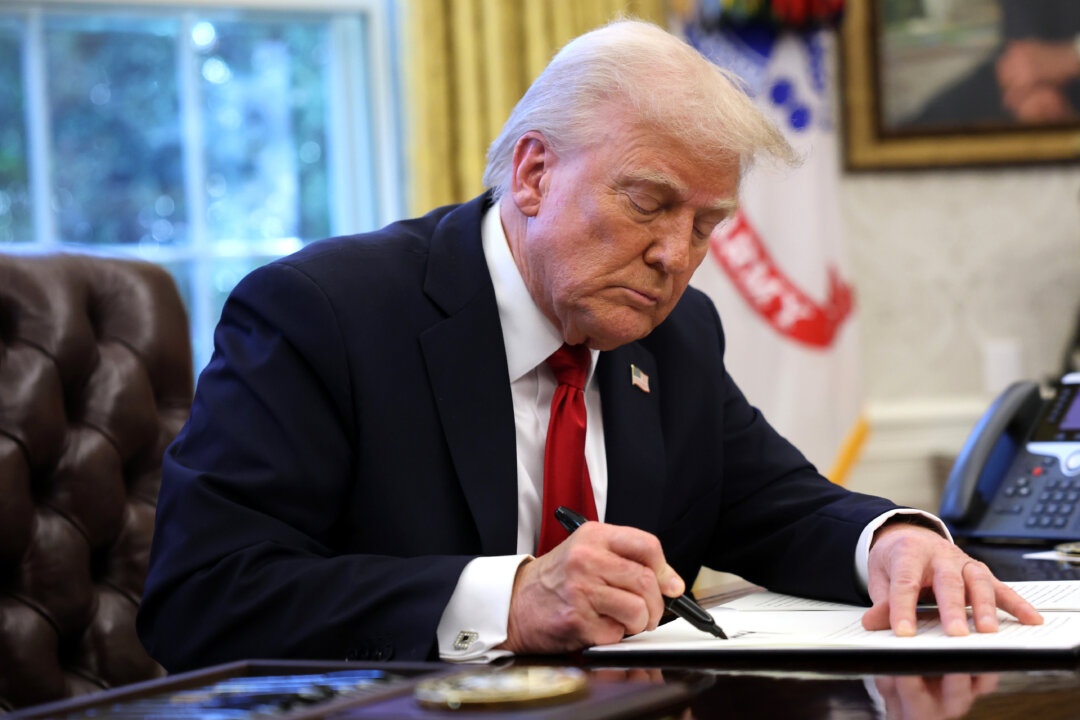
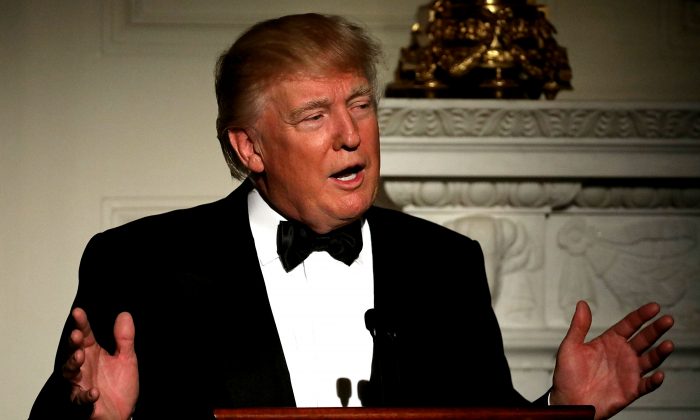
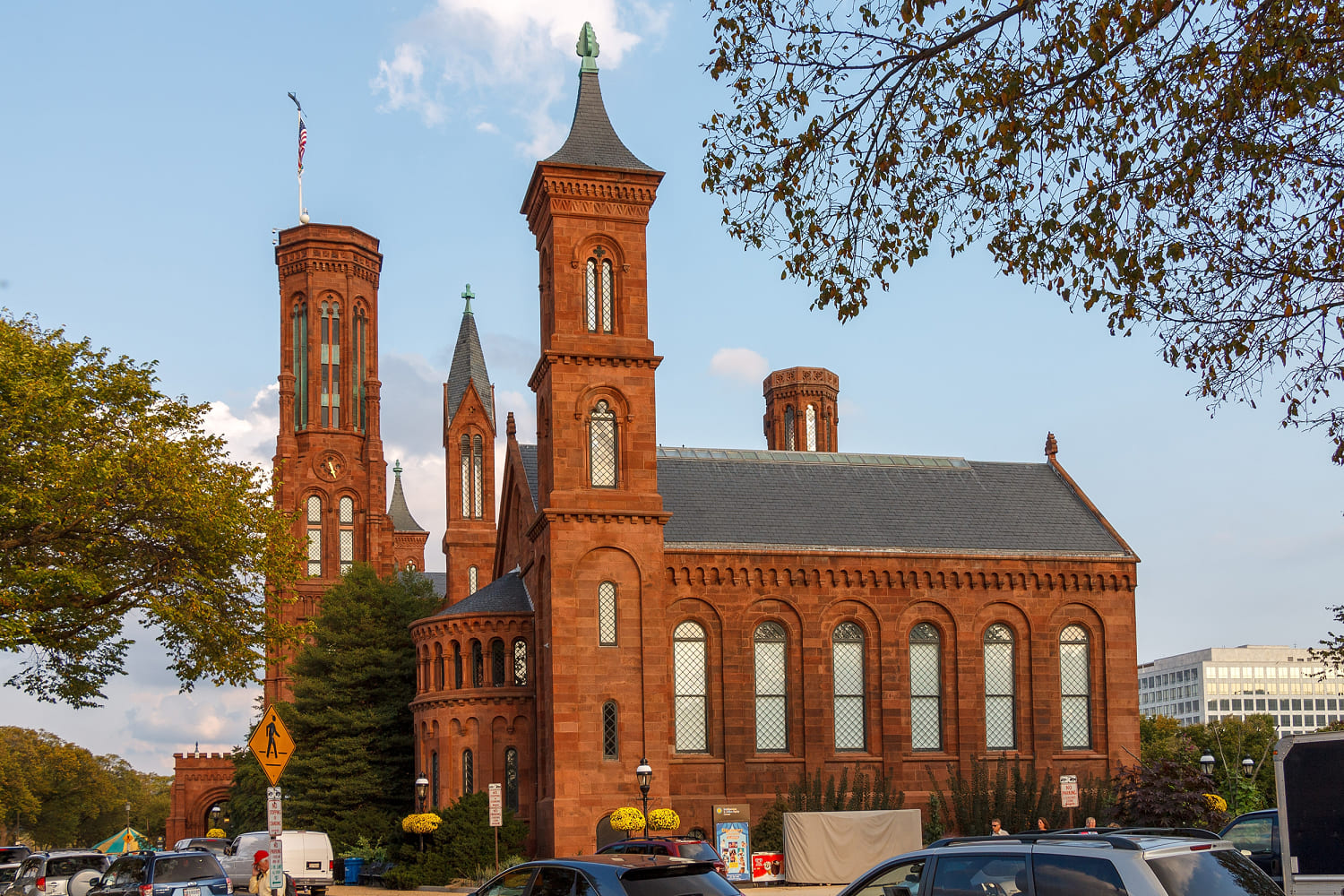
 English (US)
English (US)